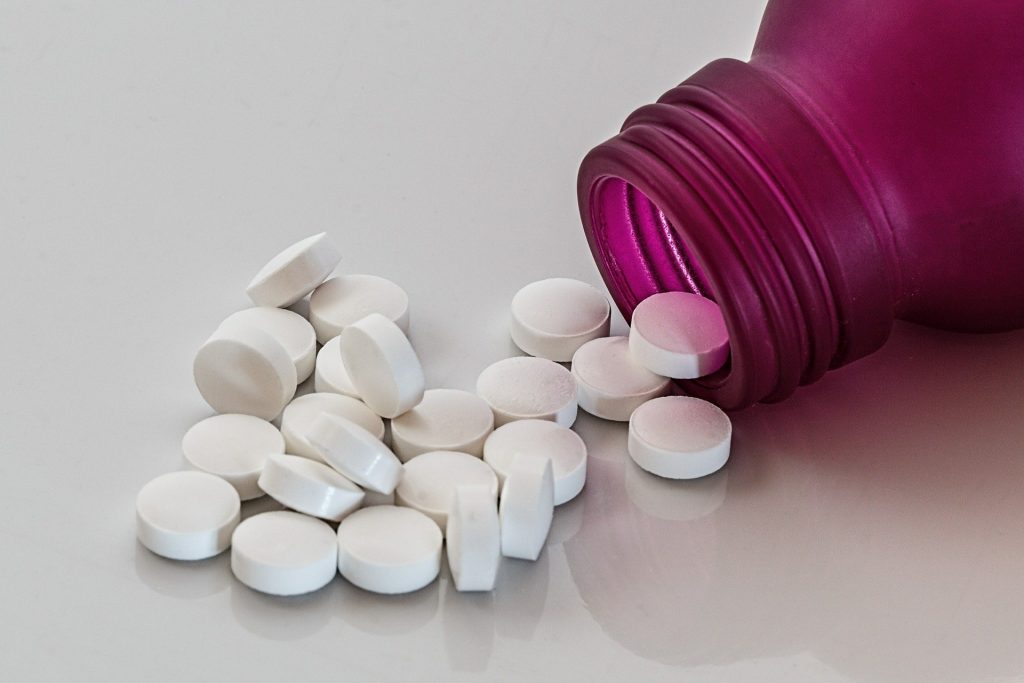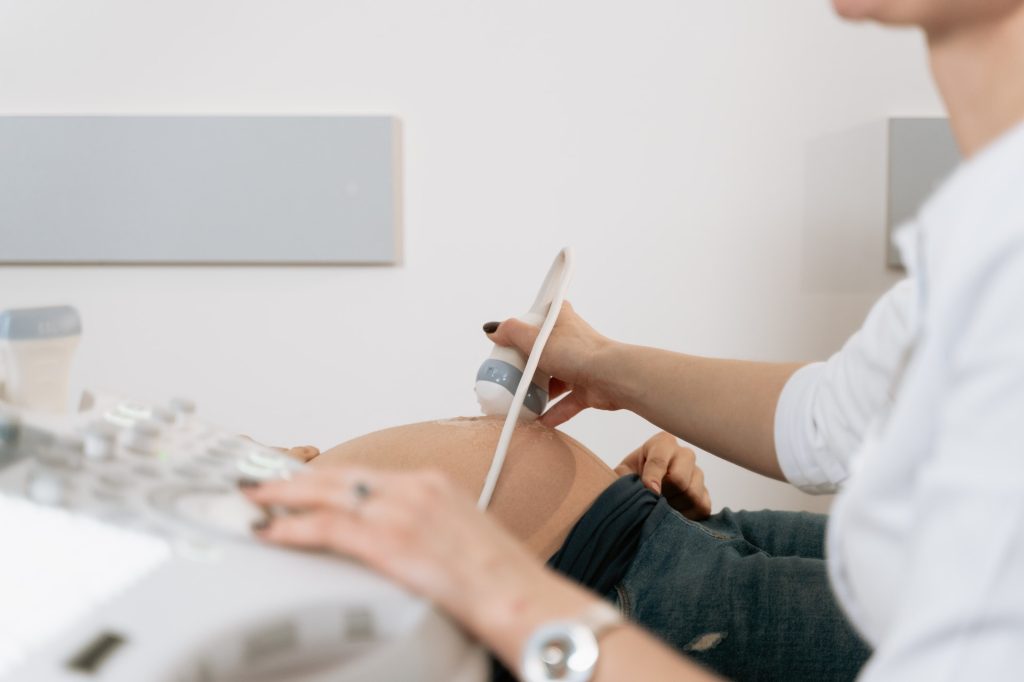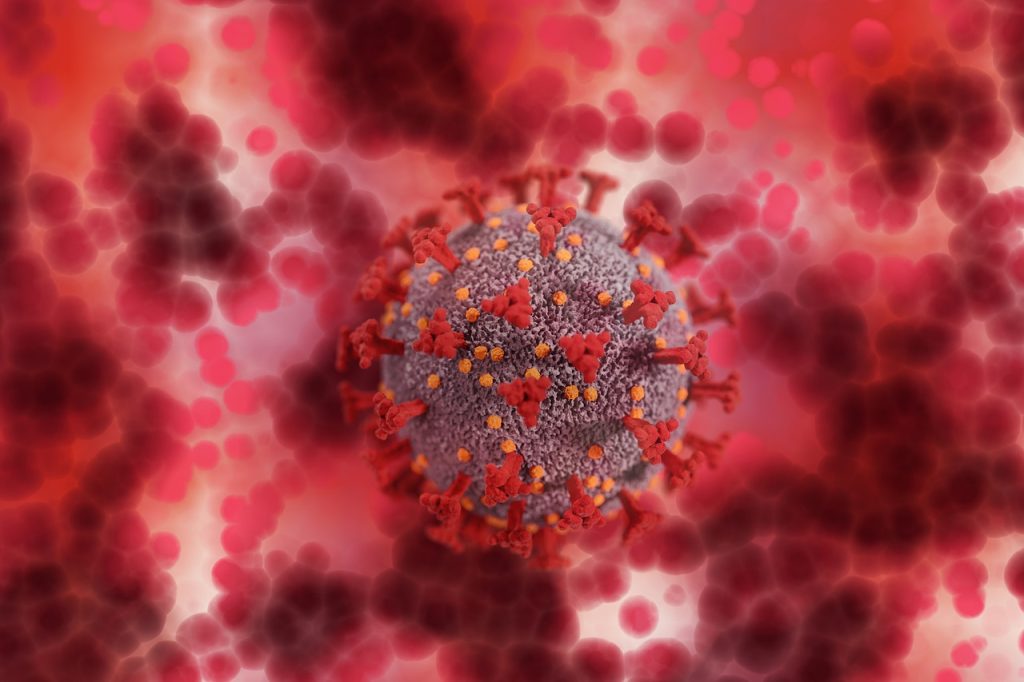Commonly Used Drugs Have a Significant Impact on Gut Microbiome

Many commonly used drugs have powerful effects on the human gut microbiome, according to a large cohort study published in the journal Nature. These include drugs used to treat cardiometabolic disorders and antibiotics.
The human microbiome is composed of microbes that reside in and on our bodies, which have tremendous potential to impact our physiology, both in health and in disease. They contribute metabolic functions, protect against pathogens, educate the immune system, and, through these basic functions, affect directly or indirectly most of our physiologic functions.
“We analysed the effects of 28 different drugs and several drug combinations,” explained Professor Peer Bork, Director of Scientific Activities at EMBL Heidelberg, “Many drugs negatively impact the composition and state of the gut bacteria, but others, including aspirin, can have a positive influence on the gut microbiome. We found that drugs can have a more pronounced effect on the host microbiome than disease, diet, and smoking combined.”
While the negative and lasting impact of antibiotics on gut bacteria is already well-known, this study showed that such effects likely accumulate over time. “We found that the gut microbiome of patients taking multiple courses of antibiotics over five years became less healthy. That included signs indicating antimicrobial resistance,” said co-first author of the study Dr Sofia Forslund.
“We wanted to disentangle the effect that diseases have on host microbiomes from the effect of medications, particularly in patients taking more than one drug at the same time,” said co-first author Dr Maria Zimmermann-Kogadeeva. “Being part of the MetaCardis consortium enabled us to use multi-omics data from more than 2000 patients with cardiometabolic diseases,” she added. The cohort’s large size also let the researchers establish that drug dosage also has a significant effect on the level of impact on the microbiome.
“We know that the microbiome can reflect the status of a patient’s health and provide a range of biomarkers to assess the severity of diseases. What is often overlooked, however, is that the medication used to treat a disease also affects the state of the microbiome,” added Dr Rima Chakaroun, one of the lead authors.
The researchers came up with a statistical approach to tease out the effects of drugs and disease separately. “We now have a robust methodological framework that makes it possible to get rid of many of the standard errors,” said Professor Bork. “That allowed us to show that medication can mask the signatures of disease and conceal potential biomarkers or therapeutic targets.”
It is hoped that these results could potentially inform drug repurposing as well as in planning individualised treatment and prevention strategies.
The study combined the insight, knowledge and approaches of experts in six countries. “It was very motivating to work with an interdisciplinary team of clinicians, bioinformaticians, and computational systems biologists to advance our understanding of molecular interactions in cardiometabolic disease,” said Dr Zimmermann-Kogadeeva.
Source: European Molecular Biology Lab





